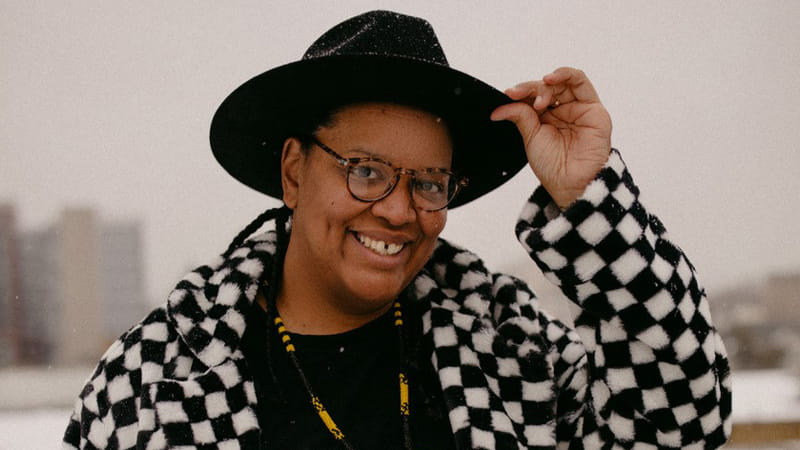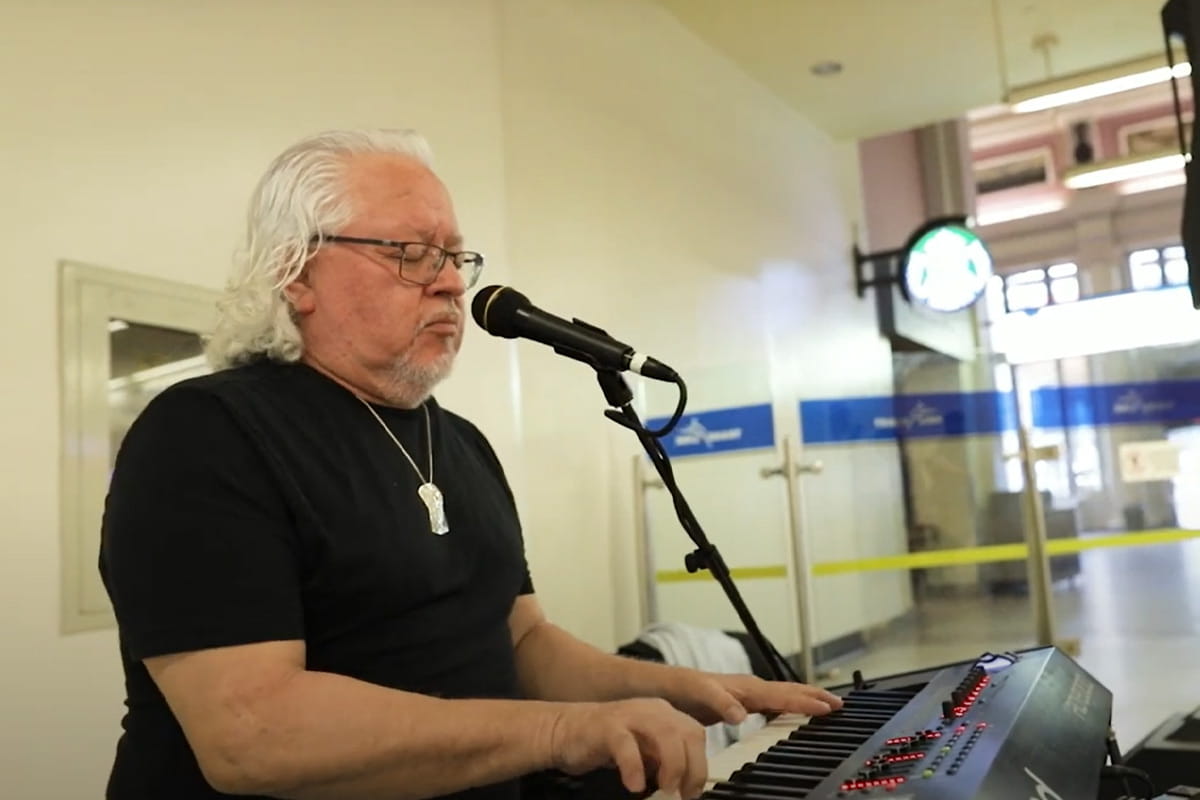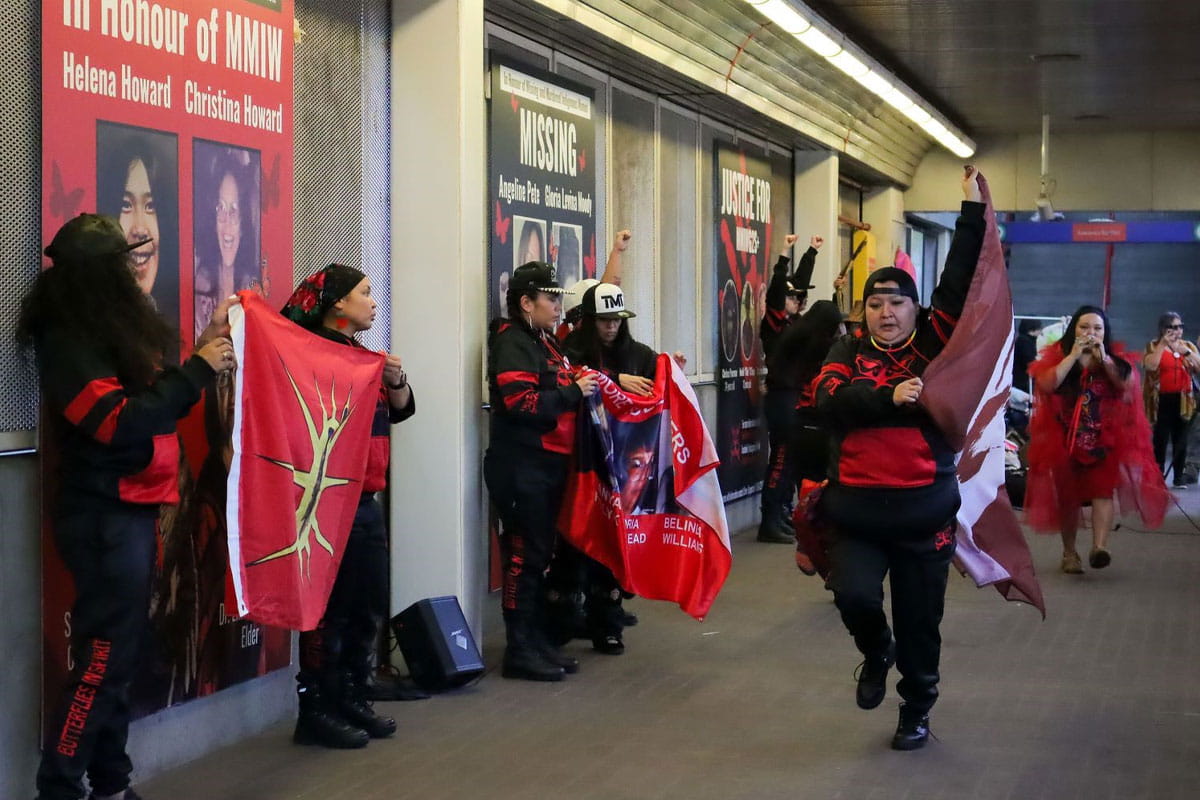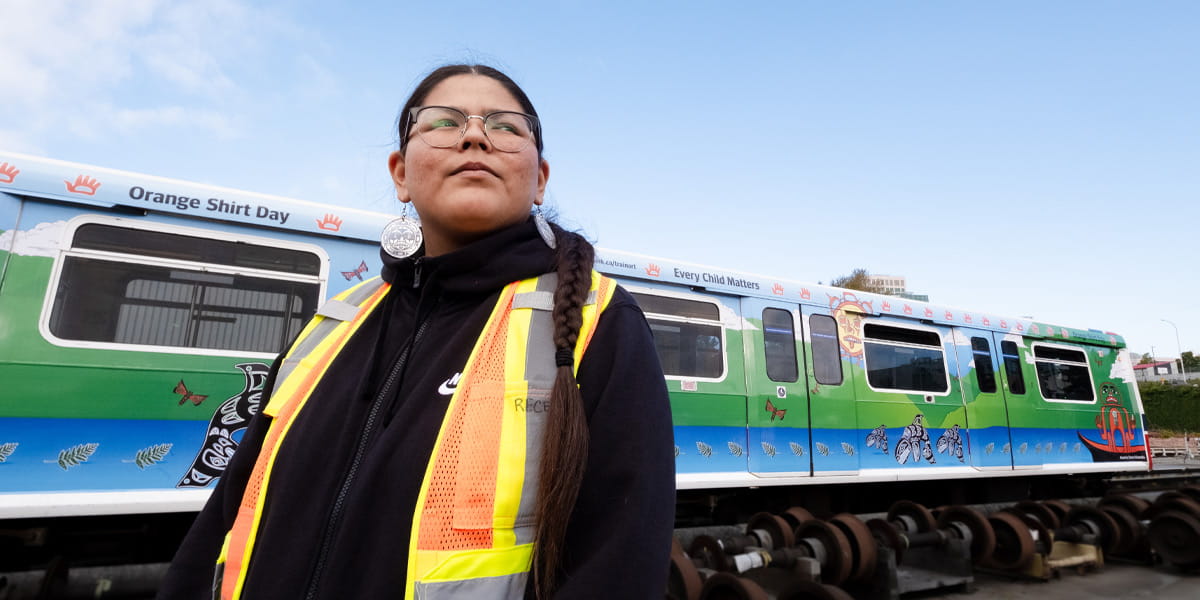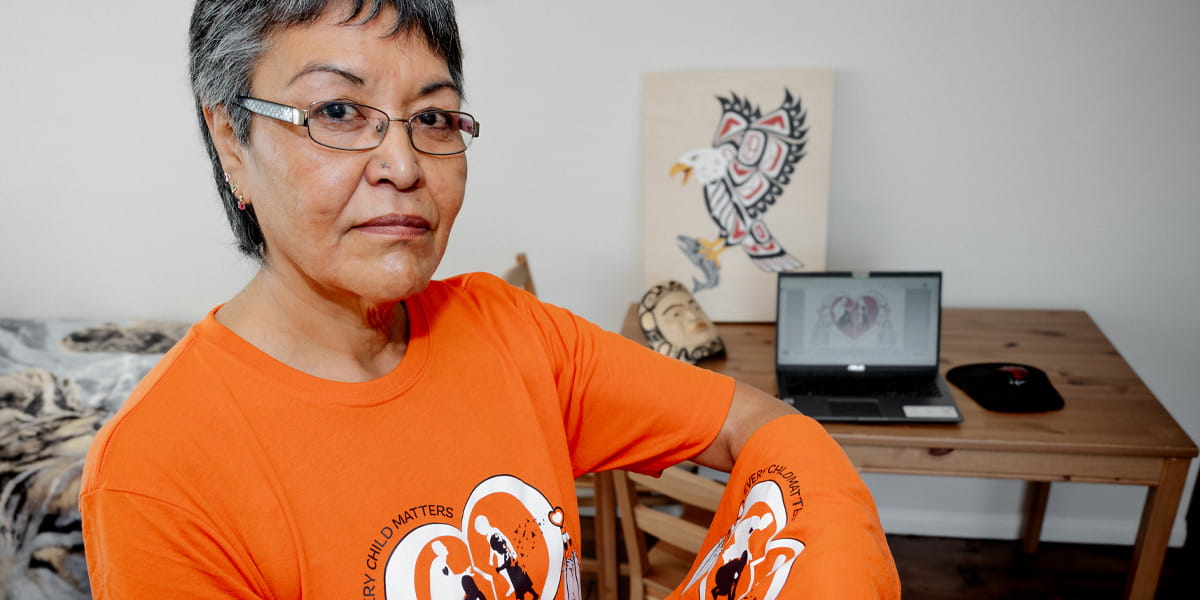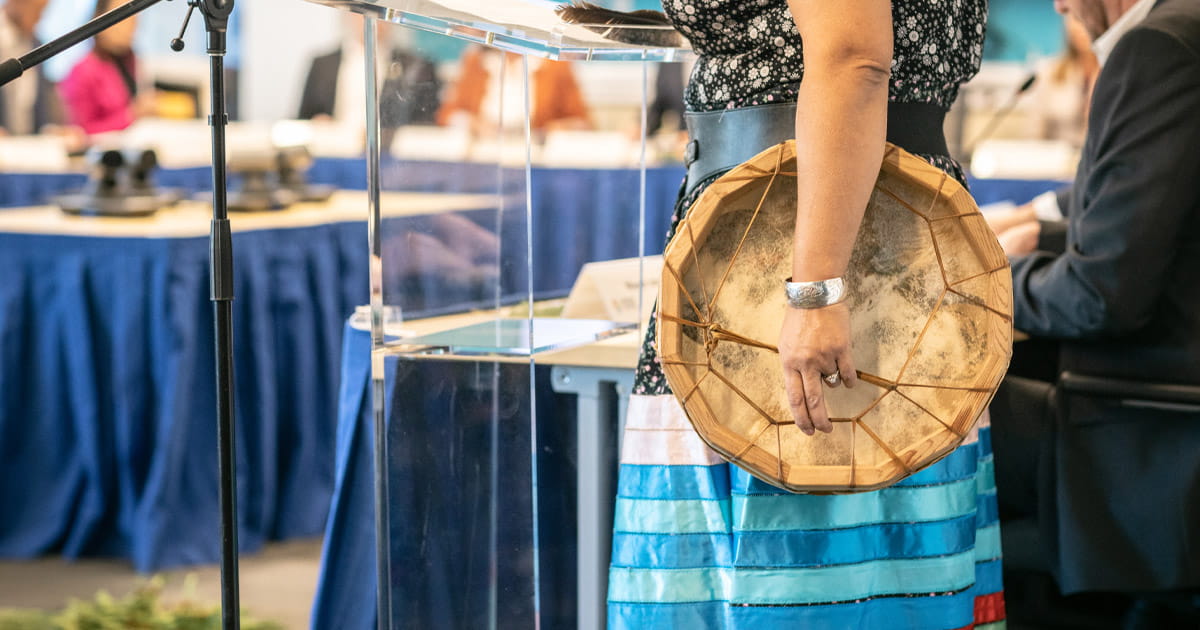Mark V Windscreen Artwork
Artists: Atheana Picha, Rain Pierre, Darryl Blyth, Yususult Rosemarie Williams, Brandon Gabriel
Location: Windscreens of Mark V SkyTrains
Learn more
Indigenous art and storytelling is featured in SkyTrain cars for the first time, transforming transit spaces into a moving gallery. This initiative celebrates Indigenous cultures, honours the lands we travel through, and amplifies Indigenous artists’ voices from the Metro Vancouver region by sharing their perspectives with riders.
Atheana Picha, qʼʷa:n̓ƛʼən̓ (Kwantlen with Tsartlip ancestry), created Journey by Canoe: Paddling Through Salish Seas to depict traditional coastal travel in a Chinook-style canoe. The paddler navigates rolling waves filled with repeating Salish forms under a cloudy sky—a reminder of safe travels and perseverance on life’s journeys.
Rain Pierre, q̓ic̓əy̓ (Katzie First Nation), created Hummingbird's Dance to reflect the lively dance of the hummingbird, symbolizing the importance of appreciating life's fleeting beauty. Like the unique hummingbird that is capable of flying backwards, every day offers distinctive moments worth cherishing.
Darryl Blyth, xʷməθkʷəy̓əm (Musqueam), created Swooping Eagle to reflect SkyTrain’s sense of flight and speed. With bold, single-colour shapes, and dynamic positive and negative space, the diving eagle conveys power, motion, and intensity, while celebrating Indigenous culture.
Yususult Rosemarie Williams, a Coast Salish wool weaver from Wai Wa Kum uxwumixw (Brackendale Village), created Path of the Ancestors, Path of Our Future – a design drawn from traditional Coast Salish wool weaving, inspired by the Siyam (respected person/ chief) blanket. It represents the mountains, waterways, and ancestral connections of the North Shore and inlet, encouraging reflection on Indigenous histories and ongoing social issues advocated by Chief Joe Capilano.
Brandon Gabriel, qʼʷa:n̓ƛʼən̓ (Kwantlen First Nation), created Clearing the Path Forward to portray an ancient Coast Salish narrative of Thunderbird, present at Earth’s formation. Brandon illustrates Thunderbird bringing order from chaos and guiding humans in building their first longhouse—a transformative moment in human history.
To learn more about the artists and their artwork, visit Mark 5 Journeys page.



















